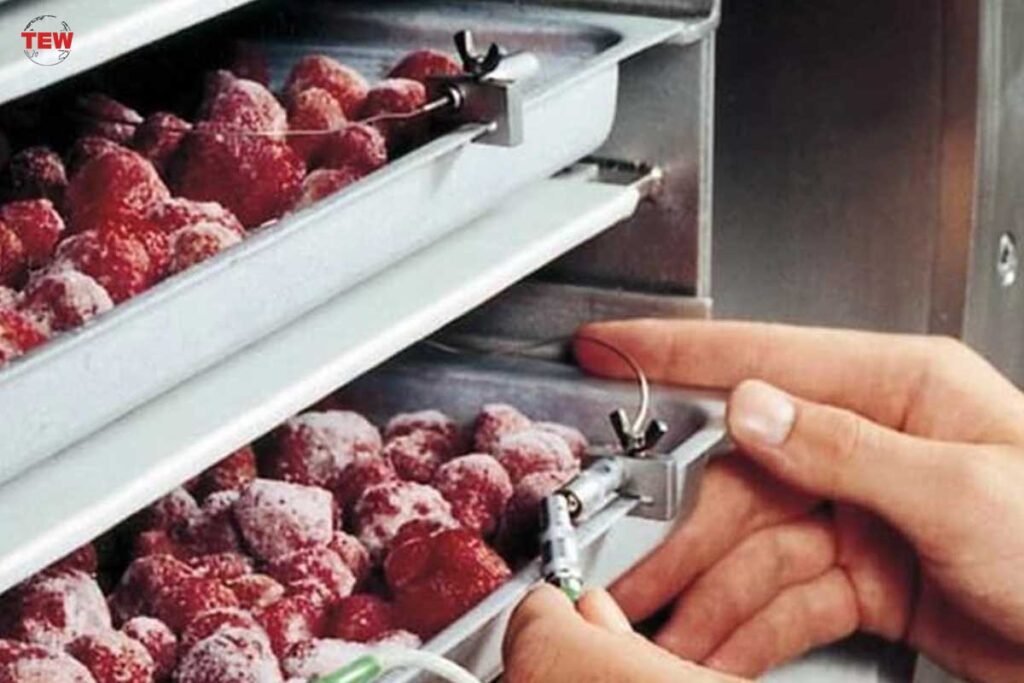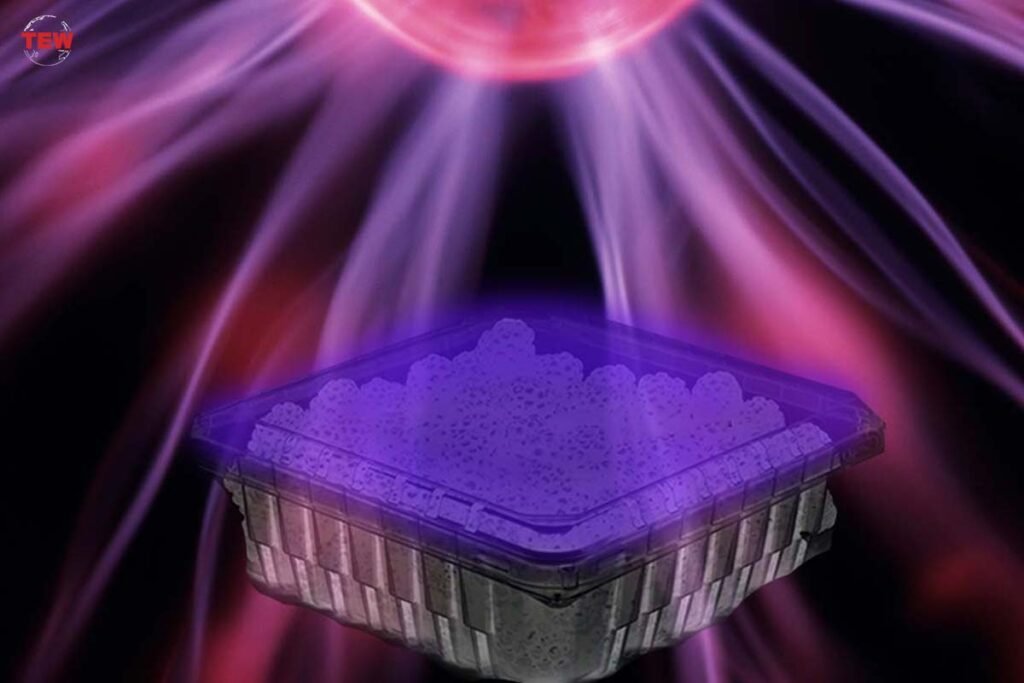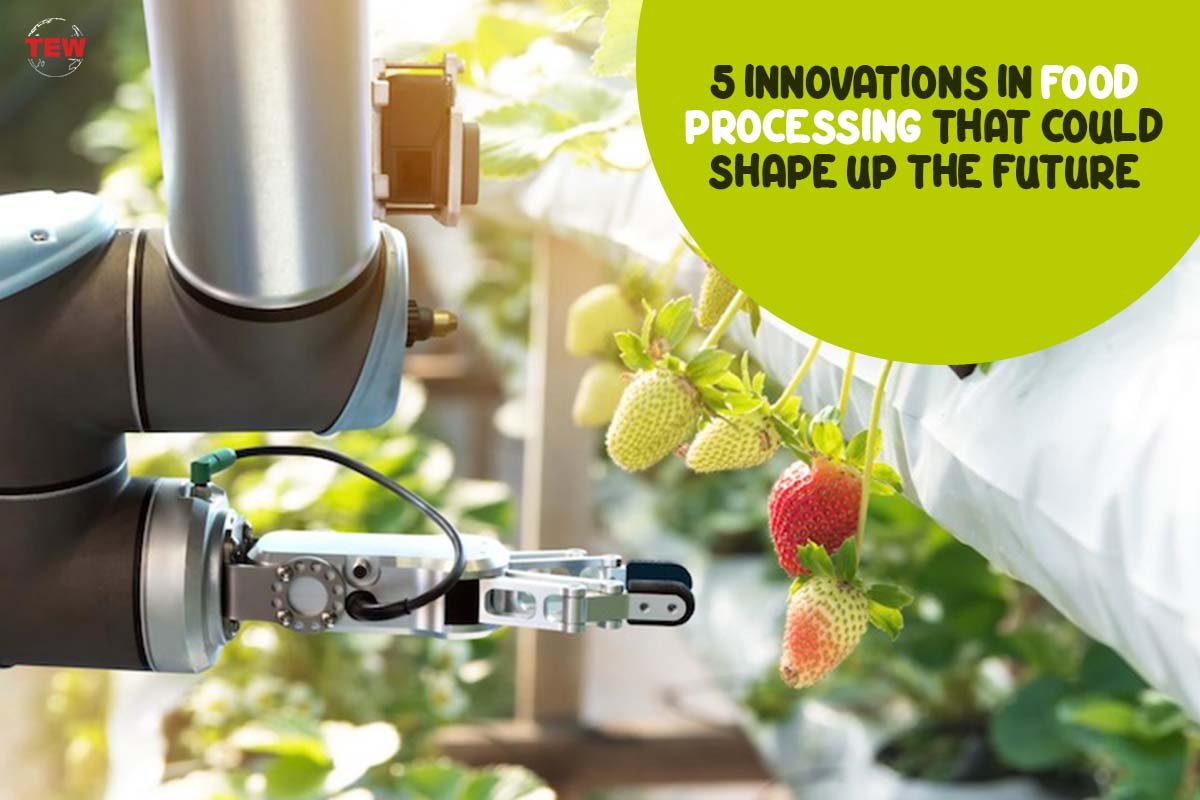The future of food processing is here! From using electric pulses and freeze-drying to high pressure, ultrasound, and even cold plasma, these innovations in food processing technology are changing the game.
The need for safe and shelf-stable food has been a driving force of innovation since the dawn of civilization. In the 21st century, things are no different. Many cutting-edge innovations have helped in finding better ways to keep food safe and convenient.
But with the challenges of population growth, climate change, and quick shifts in consumer demand, technological innovations are helping the food industry process food in more sensible and sustainable ways [1]. In the lines below, we cover 5 innovations in food processing that may shape the future. Most of these replace heat and chemicals to keep food fresh but safe. But let’s first explain what role tech has to play in all of this.
Role of Technology in Driving Food Processing Innovations
Technological advancements have made countless contributions in the past two centuries, and that also applies to the food industry. According to a 2019 report from ING, technology is helping the food industry produce food more efficiently for a growing population [2]. Some reasons driving this change are:
- Robots are becoming more commonplace
- Greater use of machines and software
- Widespread application of data and artificial intelligence
These things combined will help food manufacturers produce enough food for a population that has recently reached 8 billion.
But among the many innovations in the food industry, one thing that stands out is the development of non-thermal processing. Not using heat to make food edible or shelf-stable reduces energy use and carbon emissions while satisfying consumer demands.
Here is the list of 5 Innovations in Food Processing that could shape the future.
There are more food innovation ideas today than ever in human history. But these 5 innovations in food processing are some of the most important that will shape the future. All of the examples below are non-thermal innovations in food processing that remove the need for using loads of energy and even chemicals.
1. Pulsed Electric Field Processing
Pulsed electric field (PEF) processing is a non-thermal method of food preservation. It involves applying short pulses of electricity to food to kill microbes while preserving its original nutrition, color, texture, and flavor. This technology is currently being used on an industrial scale for the processing of french fries, natural fruit juice, milk, and liquid egg products.
There are a couple of reasons why this type of non-thermal processing can shape our future for the better [4]. For one, it can help prevent food waste because it extends storage life while maintaining the quality of the product. It can also help manufacturers offer foods to a broader market. And because this is a non-thermal processing method, it can contribute to environmental protection. Case in point: a 2018 report found that PEF saves up to 90% of water and energy in the french fries industry [5].
2. Freeze-Drying
Raw food contains 80 to 95% water. The problem with that is that water creates a breeding ground for bacteria, yeast and mold. Removing a food’s water content prevents microorganisms from spoiling food, which is something we’ve known for centuries.

However, traditional dehydration involves some level of heat, which impacts the color, flavor, and nutrients in food. Using heat to dehydrate food can also be energy and time-consuming. Freeze-drying is considered a better alternative [6].
As a relatively new way to dehydrate food, freeze-drying involves using cold instead of heat. The way this is done is by freezing the food and then vacuum-pressuring the food while slightly raising its temperature to cause water vapor. Reasons we’ll be seeing more companies like Empire Freezing & Drying using this method include greater sustainability, superior food quality and a shelf life of up to 25+ years
3. High-Pressure Processing
High-Pressure Processing (HPP) is a non-thermal alternative to pasteurization and other food preservation methods. As the name suggests, it involves using evenly distributed high pressure — usually of 6,000 bars — to destroy microorganisms that cause food spoilage. It works by placing food in vessels that are filled with water and then applying pressure using intensifier pumps.
Among newer innovations in food processing, HPP is already used to preserve deli meats, dairy drinks, baby food, fruit, ready-to-eat food, and even seafood meals. However, the reason these innovations in food processing can shape the future is that their benefits go beyond food preservation. This technology can be used to kill food parasites, prevent certain chemical reactions, change the structure of food, reduce its allergen levels, and so much more [7].
4. Ultrasonic Processing
Ultrasounds — which are traditionally used in medical imaging — are now also showing their uses in food processing. Ultrasound refers to high-frequency sound waves that are inaudible to the human ear. In food processing, three different levels of ultrasounds are used for different purposes. This is why this technology has a wide range of uses in food processing, including drying, degassing, and defoaming, among many others [8].
So, how does ultrasound processing work? It works through something called acoustic cavitation [9]. What this refers to is the rapid expansion and contraction of small bubbles of gas in liquids treated with ultrasound. This action causes quick, localized heating and movement of water to the surface of the food. Both of these things can help preserve food.
Because ultrasound technology is cheap and eco-friendly and has countless applications when it comes to innovations in food processing, it is anticipated we’ll be seeing more of it in the future.
5. Cold Plasma Processing
Known as the fourth state of matter, plasma is an ionized gas consisting of equal parts positively and negatively charged ions. Plasma is normally quite hot. However, there’s also something called cold or non-thermal plasma, which is less ionized. This type of plasma has attracted the attention of the food industry as a way to decontaminate or preserve food.

Cold plasma processing involves using electricity and a carrier gas (e.g. air, oxygen, nitrogen, or helium) to cause a chemical reaction that kills microorganisms but preserves food cells. It has also shown huge potential in fertilization, germination, improving food functionality, and the removal of toxins [10]. And all that without using loads of electricity, heat, or preservatives.
Summary
The future of innovations in food processing may be a bright one. While food manufacturers are facing many challenges in the decades ahead, technology can help shape the future of food for the better.
Using non-thermal food processing, we can now preserve food and make it taste just as good as fresh. What’s more, non-thermal processing leaves a smaller carbon footprint compared to traditional ways of processing food. Hopefully, these innovations will become the norm within the next few years.
References:




